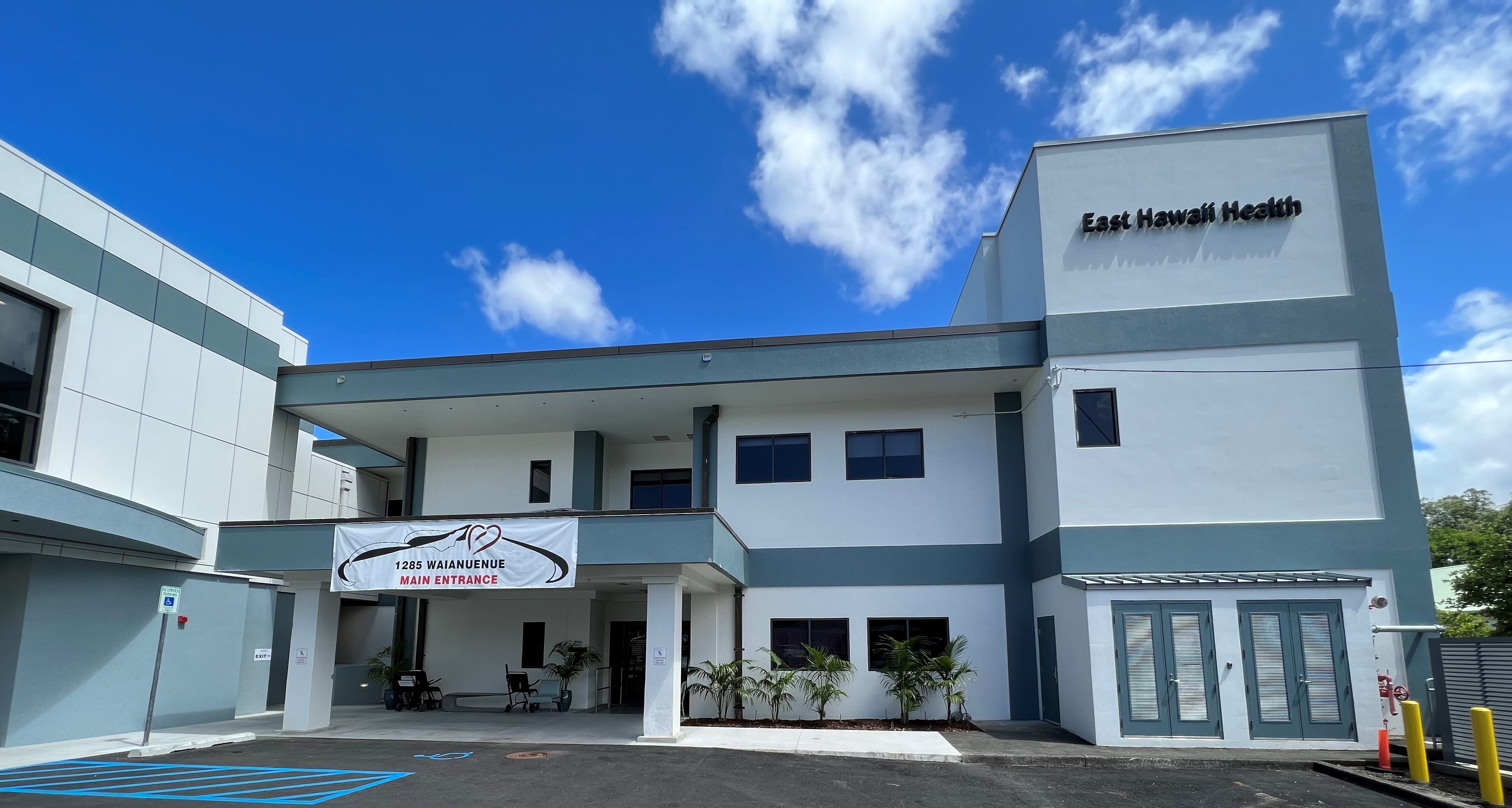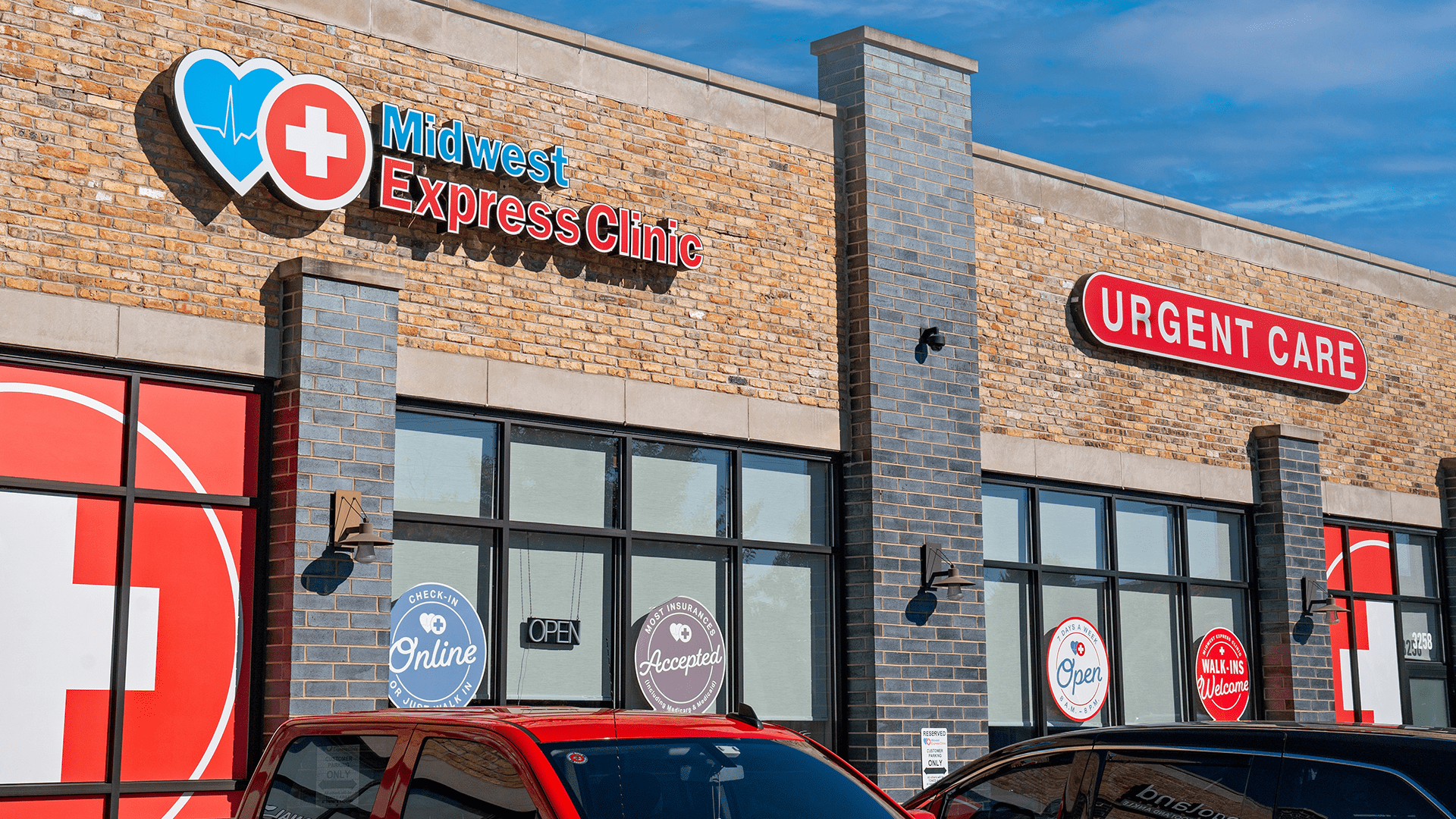Professional Recommendations on Navigating Clinic Options for Urgent Care
The Relevance of Urgent Care Centers in Connecting the Gap In Between Key Treatment and Emergency Providers
Urgent care facilities have actually arised as an important component of the medical care landscape, efficiently attending to the vital need for immediate medical focus without considering emergency services. By offering care for non-life-threatening problems, these centers help to relieve the problem on emergency situation areas and boost client access to timely treatment. Their expanded hours and varied services accommodate an expanding population looking for alternatives to conventional health care. The progressing role of urgent care centers increases crucial questions about their integration within the more comprehensive health care system and the ramifications for client end results and source allowance.
Overview of Urgent Treatment Centers
Immediate care centers have actually come to be an important element of the health care distribution system, providing easily accessible medical solutions for non-life-threatening problems. These facilities typically run outside standard office hours, offering clients an option to emergency clinic and primary care settings. People seeking urgent treatment usually present with concerns such as minor injuries, infections, or health problems that require punctual interest however do not pose an immediate risk to life or arm or leg.
Urgent care centers are staffed by an array of health care experts, consisting of medical professionals, registered nurse professionals, and doctor assistants, who are equipped to identify and treat numerous clinical problems. They usually include diagnostic tools such as X-ray devices and laboratory solutions, allowing them to give comprehensive care on-site.
The facility of immediate treatment centers has actually been affected by the raising need for timely medical solutions in a fast-paced culture, where individuals may battle to secure appointments with medical care service providers. As a result, these facilities aim to reduce blockage in emergency situation divisions, enhancing total healthcare performance. Furthermore, urgent treatment facilities frequently function as a bridge between main treatment and emergency services, guaranteeing that patients get suitable care customized to their specific clinical needs.

Benefits of Urgent Care Solutions
Accessing prompt healthcare is a substantial advantage of immediate care services. These facilities give instant focus for non-life-threatening problems, effectively minimizing wait times contrasted to traditional emergency divisions. Patients looking for care for small injuries, ailments, or immediate health issues can acquire therapy without the long hold-ups frequently connected with medical facility gos to.
One more secret benefit is the extended hours of operation. Many immediate treatment facilities are open evenings and weekend breaks, fitting people who might not have the ability to visit their health care carrier during typical workplace hours. This flexibility makes immediate treatment an accessible choice for those with busy timetables or abrupt health and wellness concerns.
Moreover, urgent treatment facilities commonly provide a vast array of services, including diagnostic testing, X-rays, and fundamental research laboratory services. This detailed technique permits for fast medical diagnosis and therapy, improving person fulfillment.
Additionally, immediate care facilities are typically extra economical than emergency areas, making them an appealing alternative for individuals without insurance or those with high-deductible plans. Overall, urgent care solutions play a vital role in supplying available, timely, and inexpensive clinical treatment.
Contrast With Medical Care
Typically, clients typically weigh their choices between urgent care facilities and health care service providers when looking for clinical attention. Both serve crucial roles in the health care system, yet they vary dramatically in range, accessibility, and cost.
Health care companies are generally the initial point of call for people, concentrating on long-lasting health and wellness management, preventative care, and persistent disease administration. They use continuity of treatment, fostering a patient-provider connection that enables extensive health evaluations and tailored treatment strategies. Setting up an appointment can be taxing, usually needing days or weeks in development. Urgent Care.
On the other hand, immediate treatment centers offer instant treatment for non-life-threatening conditions that need prompt attention, such as small injuries or infections. These centers usually operate outside of typical workplace hours, fitting patients that may not have the ability to see their health care supplier throughout regular company times. Furthermore, urgent care is normally a lot more affordable than emergency clinic sees, making it an enticing choice for those with limited medical care gain access to.
Eventually, while urgent care facilities and health care companies both add to individual wellness, they accommodate distinctive requirements, making it critical for people to determine which choice best aligns with their circumstances.
Emergency Situation Solutions Communication
The communication between urgent treatment facilities and emergency solutions is an essential element of the medical care landscape, specifically when individuals encounter circumstances that might intensify in extent. Immediate treatment centers function as a bridge in between health care and emergency situation departments, addressing non-life-threatening problems that need instant focus. This collaboration enhances individual end results and enhances source allocation within the medical care system.
When individuals offer with urgent but not life-threatening problems, immediate care centers can effectively handle their demands, alleviating congestion in emergency clinic. Facilities outfitted with analysis capabilities can promote prompt recommendations to emergency situation solutions when a client's condition exceeds the range of urgent care therapy. This seamless communication assists make certain that individuals find more obtain the appropriate degree of care without unneeded hold-ups.
Moreover, efficient interaction between urgent treatment carriers and emergency situation services is crucial. Sharing client information and treatment backgrounds promotes coordinated treatment, decreasing the danger of repetitive tests and treatments. As health care remains to develop, the vibrant partnership in between urgent care centers and emergency situation services will certainly play a crucial role in improving patient care efficiency, fulfillment, and general wellness end results within the area.
Future of Urgent Treatment Facilities
As health care needs evolve, the future of urgent care centers is positioned to come to be progressively integral to the general medical community (Urgent Care). These centers are most likely to broaden their functions by incorporating advanced modern technologies, such as telemedicine, fabricated knowledge, and electronic wellness record assimilation. This will certainly enhance person gain access to and simplify care control in between immediate care, key care, and emergency situation solutions
Furthermore, urgent care facilities are anticipated to expand their service offerings to include preventive care and chronic condition management. This shift will certainly position them as crucial elements visit this site right here in managing populace wellness, minimizing the problem on emergency departments, and attending to spaces in primary treatment schedule.
The growing fad of value-based care will certainly better speed up the change of immediate care centers, prompting them to concentrate on patient end results and satisfaction. Facilities may additionally adopt joint practice versions, functioning very closely with specialists and key treatment service providers to ensure detailed individual management.
Conclusion
Finally, immediate treatment facilities offer an important function in the health care system by providing immediate access to therapy for non-life-threatening problems, effectively minimizing pressure on emergency situation services. Their expanded hours and varied array of services enhance person ease and complete satisfaction, while additionally guaranteeing appropriate care delivery. As health care needs proceed to develop, the role of immediate treatment facilities will likely come to be increasingly significant, further connecting the space in between health care and emergency situation services.
The establishment of immediate care facilities has actually been affected by the enhancing need for timely medical services in a busy culture, where people may battle to secure consultations with primary care providers. Furthermore, urgent treatment centers often offer as a bridge between main care and emergency situation services, ensuring that clients get suitable treatment customized to their details clinical demands.
Several immediate treatment centers are open evenings and weekends, accommodating patients who may not be able to see their main care provider throughout conventional workplace hours (Urgent Care). As medical care continues to evolve, the dynamic relationship between urgent care centers and emergency situation solutions will certainly play a crucial function in improving client treatment efficiency, satisfaction, and general wellness end results within the community
